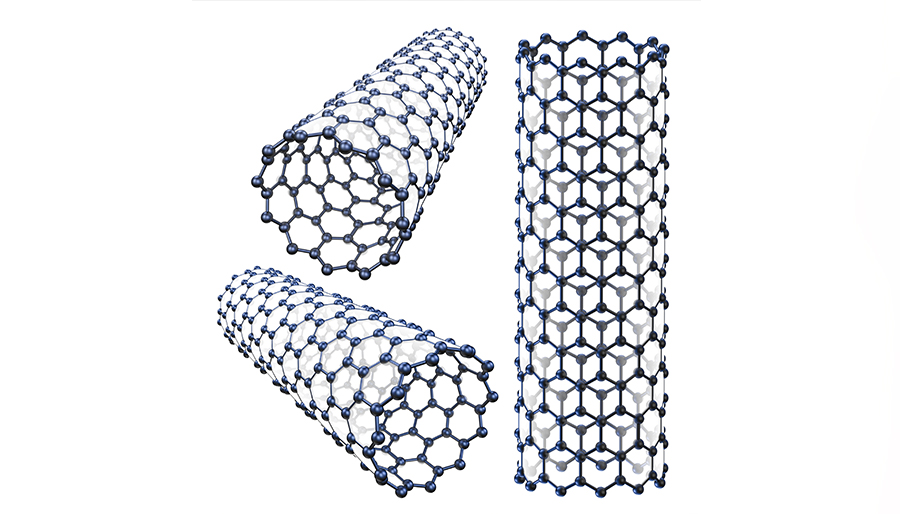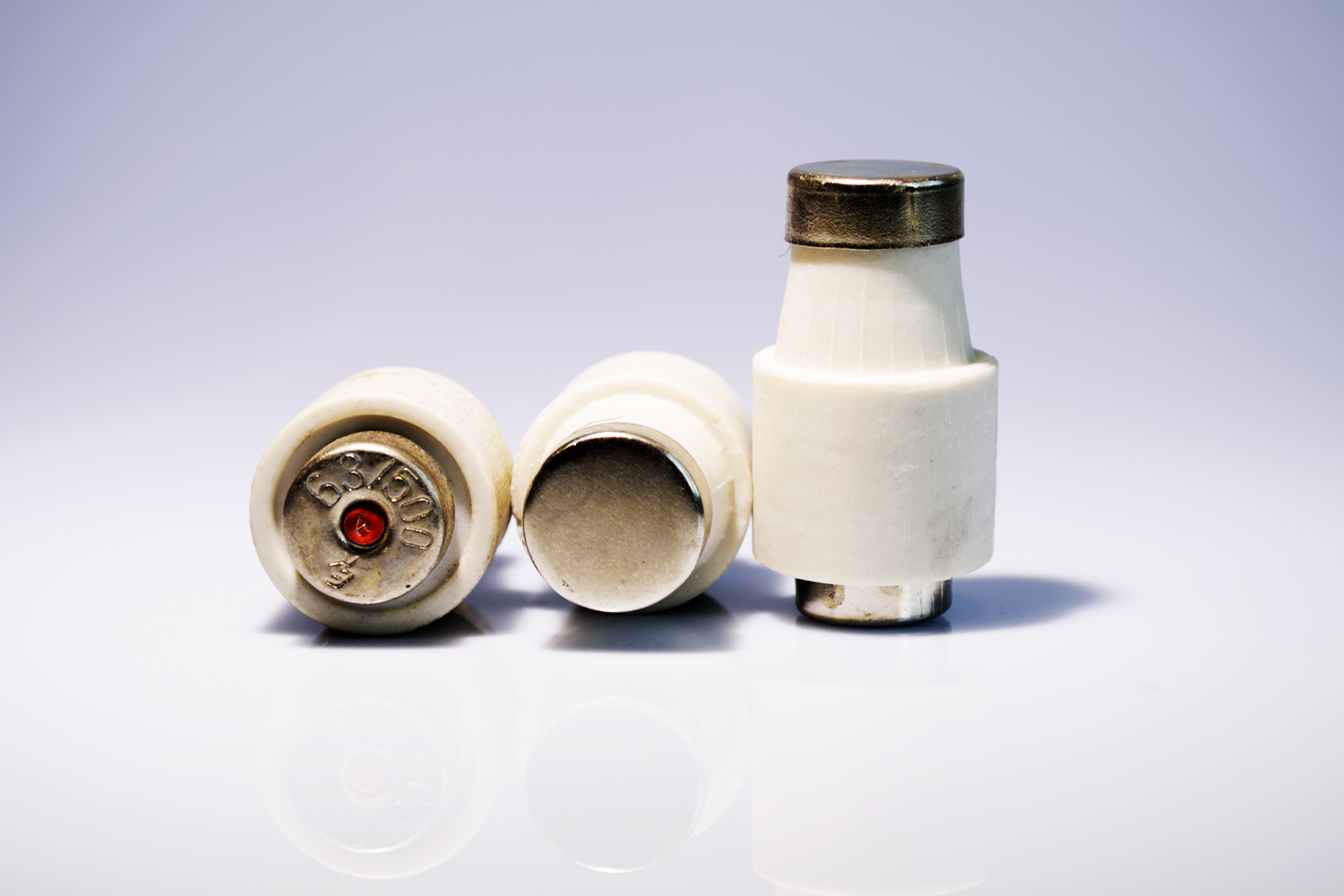
According to the definition of the International Union of Pure and Applied Chemistry (IUPAC), mesoporous materials are porous materials with pore diameters in the range of 2-50 nm. According to the Bragg equation dhkl=λ/(2sinθhkl), the corresponding 2θ=0°~4°, which is exactly within the range of small-angle diffraction. Through small-angle (X-ray diffraction (XRD)) testing, the mesoscopic structure, space group affiliation, and degree of order of mesoporous materials can be determined. This is the most important and basic characterization method for mesoporous materials. Small-angle X-ray diffraction is the most important characterization method for mesoporous materials. The small-angle X-ray diffraction pattern of mesoporous materials mainly presents diffraction peaks at 1° to 2°.

Common industrial ceramics are alumina ceramics, ferrite ceramics, silicon nitride ceramics, structural ceramics and so on.
X-ray diffraction (XRD) is an essential tool in the field of industrial ceramics research, with the continuous improvement of X-ray diffractometer (XRD) performance, X-ray diffraction testing technology in the scientific research of ceramic materials, production control, new products and new process development and extension of the industrial chain is more and more widely used, and plays an important role. It can be used to analyze the phase composition and content, grain size and mesoporous size, lattice distortion and crystallinity of ceramic materials.